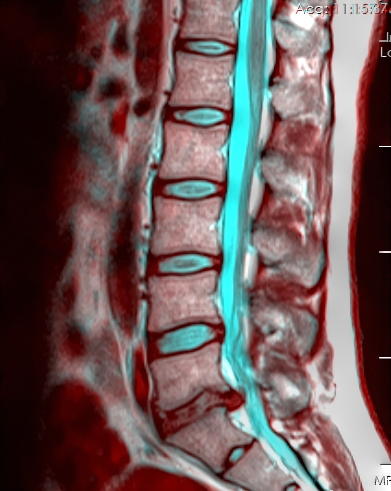Journal Club Summary
Methodology Score: 2.5/5
Usefulness Score: 2.5/5
Downie A, et al.
BMJ 2013;347:f7095
This Cochrane review of the diagnostic accuracy of red flags for fracture or malignancy in patients with low back pain in multiple settings found that corticosteroid use (+LR 4-48.5), severe trauma (+LR 3.4-10), presence of overlying contusion (+LR 31.1, single study), or history of cancer (+LR 15.3-35) had the highest diagnostic utility in predicting need for imaging. However, the overwhelming heterogeneity in setting, design and results of the 14 studies analyzed precluded pooling and suggests that these likelihood ratios should be interpreted with a great deal of caution. Future research is needed to look at the sensitivity & specificity of combining multiple red flags for ED patients with low back pain in order to be clinically useful.
By: Dr. Francis Bakewell
(Presented March 2014)
Epi lesson: Bayesian approach to pre-test and post-test probabilities
Thomas Bayes, an English mathematician, developed the idea of generating pre-test probabilities before applying a given test and then adjusting the post-test probability accordingly i.e. “a subjective belief should be rationally changed when presented with evidence”. We use this concept routinely in clinical medicine but it is important to understand this context when interpreting likelihood ratios and using diagnostic tests. It is important to establish the pre-test probability of disease prior to ordering a diagnostic test and know how to adjust the post-test probability accordingly.
By: Lisa Calder

